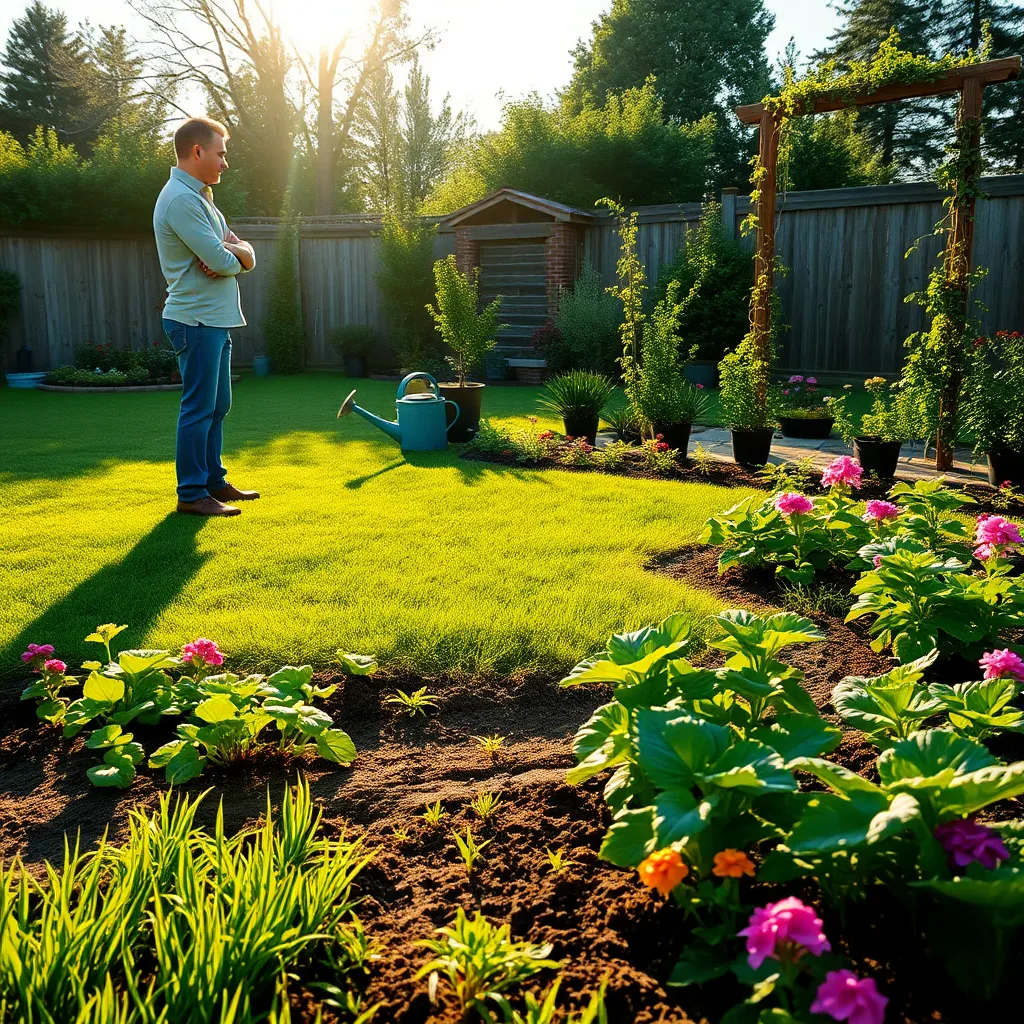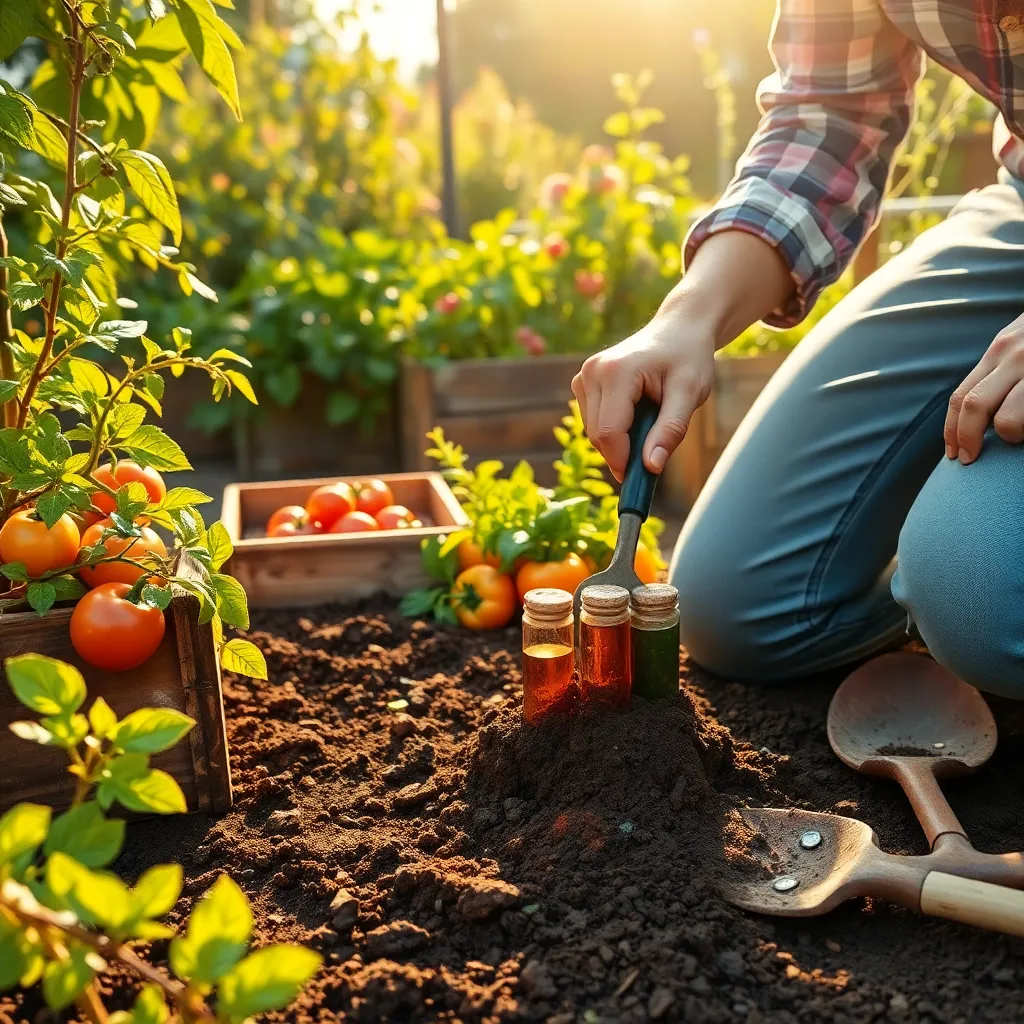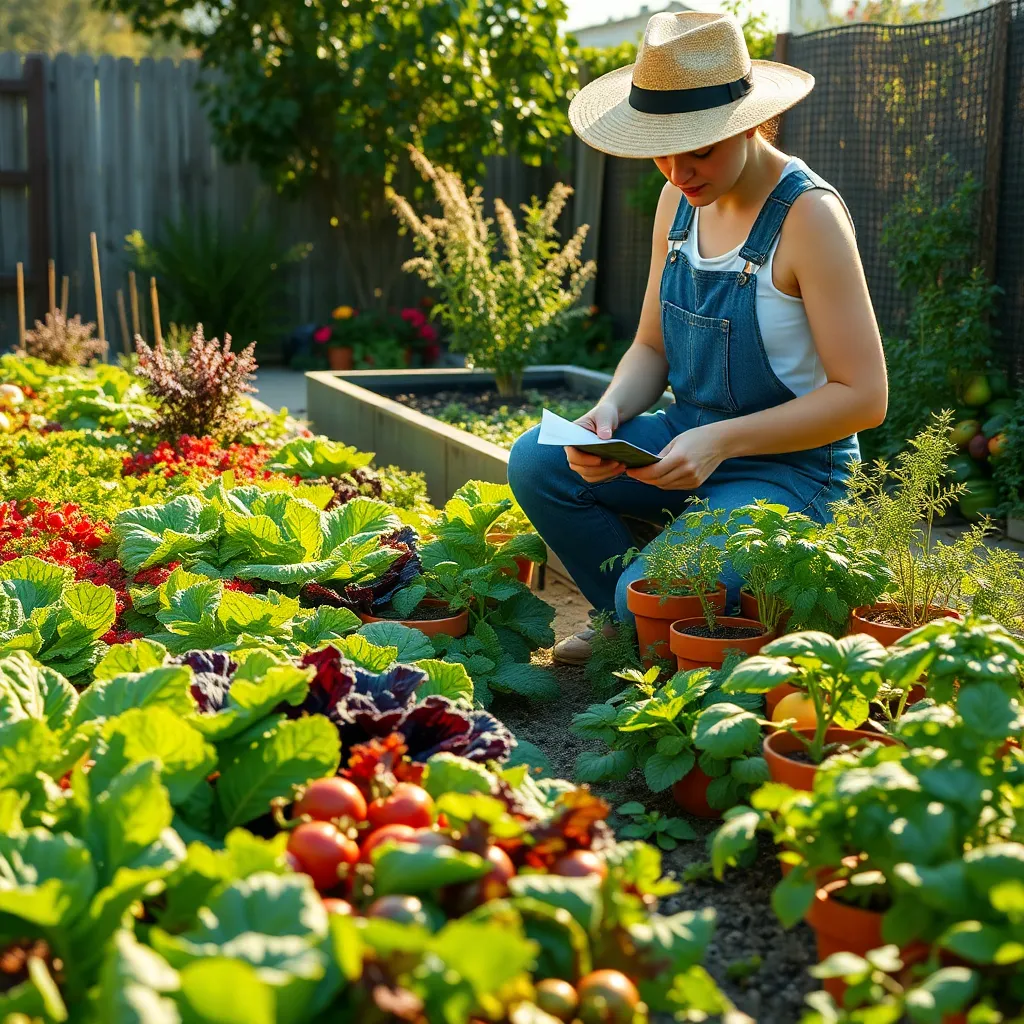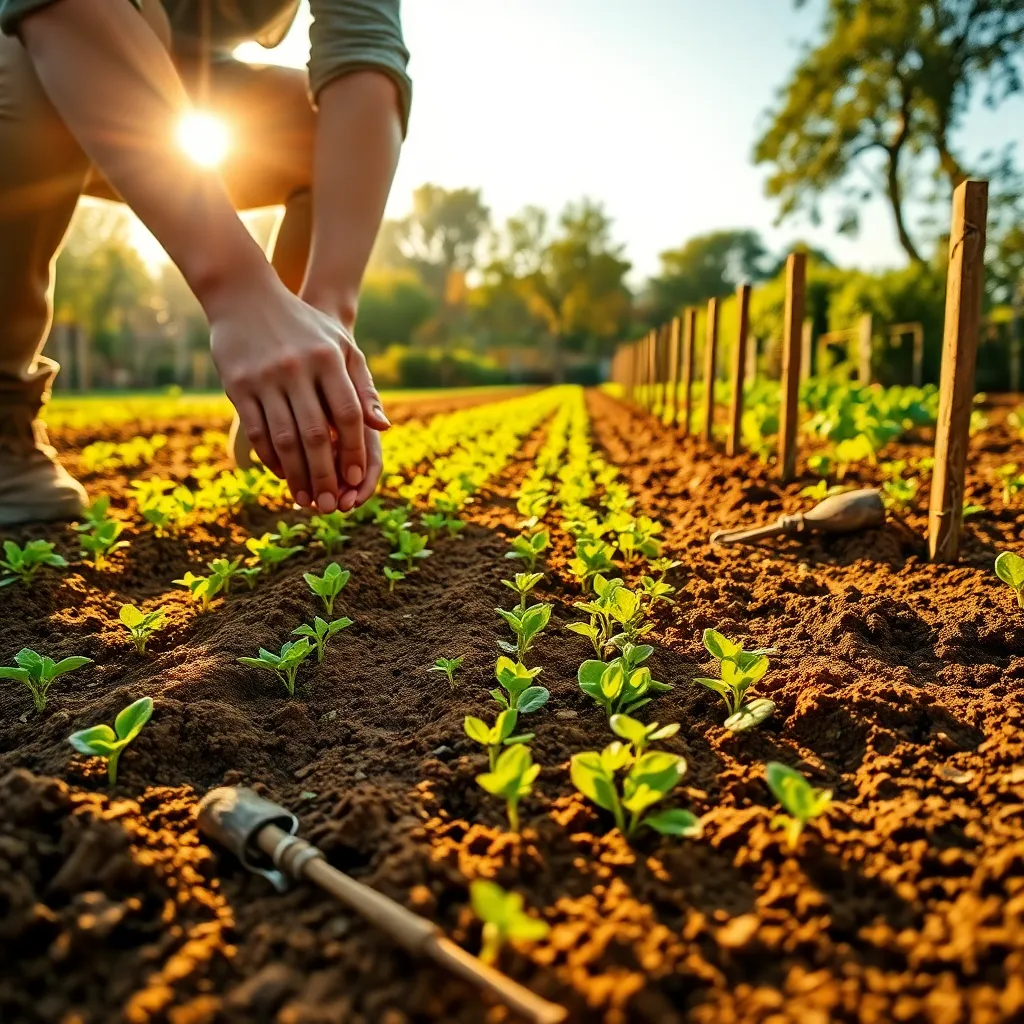Imagine stepping into your backyard, the morning sun casting a gentle glow over a tapestry of lush greens and vibrant hues, each plant a testament to your care and effort. Growing your own vegetable garden is not just about cultivating food; it’s about nurturing a connection to the earth, embracing sustainability, and experiencing the simple joys of watching life flourish under your guidance.
Whether you’re taking your first steps into the world of gardening or have years of experience under your belt, cultivating a vegetable garden offers something new for everyone. In this article, you’ll discover practical tips for selecting the right location, choosing the best vegetables for your climate, and understanding the essentials of soil preparation and plant nutrition.
There’s a profound satisfaction in harvesting your own produce, a feeling that no store-bought vegetable can rival. By the end of this guide, you’ll be equipped with the knowledge to design a thriving garden tailored to your space and needs, ensuring every seed you plant has the best chance to thrive.
Select the Ideal Garden Location

Choosing the right location for your vegetable garden is crucial to its success. Start by observing your yard throughout the day to identify an area that receives at least six to eight hours of full sunlight, as most vegetables thrive in these conditions.
It’s important to consider the soil quality in your chosen location. Conduct a simple test by digging a small hole and filling it with water; if it drains within 30 minutes, the soil is likely suitable for vegetable gardening.
Beginner gardeners should avoid areas with heavy clay or sandy soils, as these can pose challenges for plant growth. Instead, opt for a spot with a loamy soil texture, which provides the right balance of drainage and nutrient retention.
Advanced gardeners might consider constructing raised beds in less-than-ideal locations, as these can improve soil conditions and drainage. Additionally, raised beds can extend the growing season by warming up more quickly in spring and retaining heat longer in the fall.
Test and Amend the Soil

Once you’ve selected the ideal garden location, it’s crucial to understand the condition of your soil. Testing the soil will reveal its pH level and nutrient content, which are essential for successful plant growth.
To begin, you can purchase a simple soil test kit from a garden center or online retailer. These kits typically include instructions on how to collect a soil sample and provide insights into the soil’s composition.
After testing, you may find that your soil is either too acidic or too alkaline, which can hinder plant growth. To amend the pH level, use lime to raise the pH or sulfur to lower it, following the product instructions carefully for the best results.
Besides pH, check for nutrient deficiencies, such as a lack of nitrogen, phosphorus, or potassium. If deficiencies are found, incorporate organic matter like compost or well-rotted manure to enrich your soil.
Advanced gardeners might consider conducting a more comprehensive soil analysis through a local extension service. This can provide detailed information about micronutrients and help customize your soil amendment strategy for optimal vegetable growth.
Choose Suitable Vegetable Varieties

Choosing the right vegetable varieties is crucial for a thriving garden. Consider your local climate and growing season to select vegetables that will flourish in your area.
For beginners, start with easy-to-grow options like lettuce, radishes, and carrots. These vegetables are forgiving and can thrive in a range of soil types, making them ideal for those just starting out.
Experienced gardeners might want to experiment with heirloom varieties or those that have specific flavor profiles. Keep in mind that heirloom plants may require more attention to pest control and soil fertility to produce a bountiful harvest.
It’s also important to think about the space you have available. Compact varieties, such as bush beans or container tomatoes, are perfect for small gardens or balconies, while sprawling plants like pumpkins need more room to grow.
Ensure your soil is well-draining and rich in organic matter, as this is beneficial for most vegetable types. Regularly test your soil pH and adjust accordingly to keep your plants healthy and productive.
- Determine your USDA hardiness zone to match plant varieties with your climate.
- Check seed packets for maturity rates to plan your planting schedule effectively.
- Rotate crops each year to prevent soil depletion and reduce pest issues.
Watering needs will vary among vegetables, so it’s essential to research each type’s requirements. Most vegetables prefer consistent moisture, but be cautious of overwatering, which can lead to root rot.
Plant Seeds with Correct Spacing

Understanding the importance of proper seed spacing is crucial to ensuring healthy plant growth. When seeds are planted too closely, plants may compete for resources, leading to stunted growth and reduced yields.
Begin by consulting the seed packet, which often provides specific spacing recommendations for each type of vegetable. These guidelines are based on the mature size of the plant and its root system, which are essential for optimal growth.
For leafy greens like lettuce and spinach, aim for a spacing of about 6 to 8 inches between plants to allow for adequate air circulation. This helps prevent diseases such as powdery mildew and encourages robust foliage.
Advanced gardeners might consider the practice of succession planting to maximize yield and space efficiency. By staggering planting times, you can ensure a continuous harvest and avoid overcrowding, particularly in smaller garden plots.
Implement a Consistent Watering Schedule

Maintaining a consistent watering schedule is crucial for a thriving vegetable garden. This practice ensures that your plants receive the right amount of moisture, promoting healthy growth and abundant yields.
To begin, observe your garden’s specific needs, as different plants have varying water requirements. Consider factors such as soil type, plant variety, and local climate conditions to tailor your watering routine.
For most vegetable gardens, watering deeply once or twice a week is ideal, rather than shallow watering daily. This encourages roots to grow deeper, making your plants more drought-resistant and robust.
Using mulch can significantly help in retaining soil moisture, reducing the frequency of watering. Organic mulches such as straw or wood chips not only conserve water but also improve soil health as they decompose.
Invest in a soaker hose or drip irrigation system for more efficient watering. These tools deliver water directly to the root zone, minimizing evaporation and ensuring your plants get the precise amount of water they need.
Conclusion: Growing Success with These Plants
As you embark on the journey of growing your own vegetable garden, remember the five key relationship concepts we’ve explored: nurturing patience as you tend to your plants, fostering communication by understanding your garden’s needs, building resilience through overcoming gardening challenges, celebrating growth by appreciating every little sprout, and sharing the fruits of your labor with loved ones. These principles mirror the nurturing of healthy relationships, reminding us that growth, whether in a garden or with loved ones, requires dedication and mindfulness.
Now, take an actionable step by starting a small herb garden on your windowsill or balcony. This act of cultivating life will not only bring fresh flavors to your kitchen but also serve as a daily reminder of the nurturing relationships require.
Bookmark this article as your go-to guide for both gardening tips and relationship wisdom. With each season, as your garden and relationships flourish, you’ll be equipped with the insights needed for continual growth and harmony. Remember, the seeds you plant today, both in your garden and your relationships, will determine the vibrant, flourishing life you cultivate tomorrow. Let this be the start of a beautiful journey!
